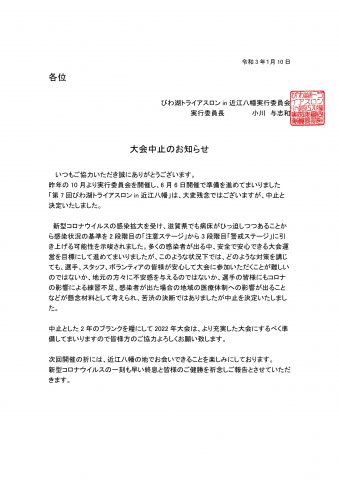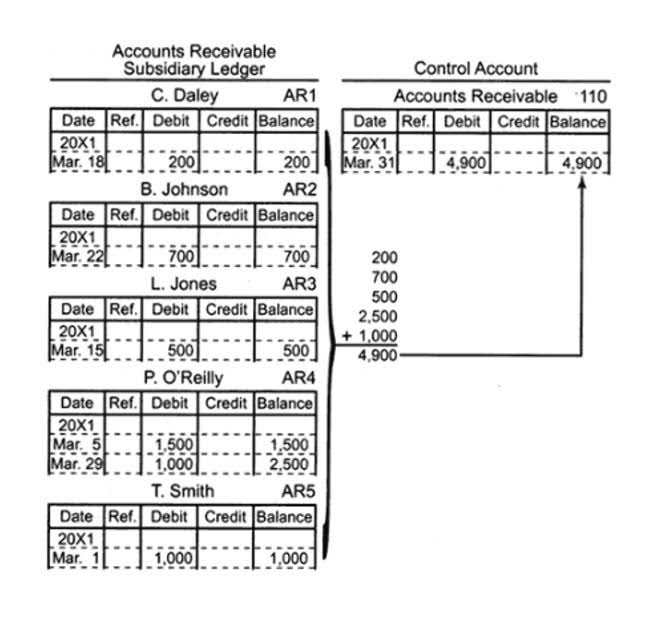
Formerly a reporter, Soundarya now covers the evolving QuickBooks cybersecurity landscape, how it affects businesses and individuals, and how technology can help. You can find her extensive writings on cloud security and zero-day attacks. Accordingly, the per-unit cost of manufacturing a single packet of bread consisting of 10 pieces each would be as follows. Managerial accountants also use the contribution margin ratio to calculate break-even points in the break-even analysis.
Financial Planning
And to understand each of the steps, let’s consider the above-mentioned Dobson example. This means Dobson books company would either have to reduce its fixed expenses by $30,000. On the other hand, net sales revenue refers to the total receipts from the sale of goods and services after deducting sales return and allowances. Variable Costs depend on the amount of production that cm ratio your business generates. Accordingly, these costs increase with the increase in the level of your production and vice-versa.
What Is the Difference Between Contribution Margin and Profit
Accordingly, you need to fill in the actual units of goods sold for a particular period in the past. However, you need to fill in the forecasted units of goods to be sold in a specific future period. The Contribution Margin Calculator is an online tool that allows you to calculate contribution margin. You can use the contribution margin calculator using either actual units sold or the projected units to be sold. In the Dobson Books Company example, the contribution margin for selling $200,000 worth of books was $120,000. As you can see, the net profit has increased from $1.50 to $6.50 when the packets sold increased from 1000 to 2000.
📆 Date: May 3-4, 2025🕛 Time: 8:30-11:30 AM EST📍 Venue: OnlineInstructor: Dheeraj Vaidya, CFA, FRM
- Fixed costs stay the same regardless of the number of units sold, while variable costs change per unit sold.
- The higher the contribution margin ratio, the more profitable the product or service is.
- For a quick example to illustrate the concept, suppose there is an e-commerce retailer selling t-shirts online for $25.00 with variable costs of $10.00 per unit.
- You can also use the contribution margin ratio to evaluate the impact of changing your prices on your profits.
- In this example, if variable costs are only $100, then the company makes $900 before paying off fixed costs and has a ratio of 90 percent.
Still, of course, this is just one of the critical financial metrics you need to master as a business owner. As you can see, contribution margin is an important metric to calculate and keep in mind when determining whether to make or provide a specific product or service. Put more simply, a contribution margin tells you how much money every extra sale contributes to your total profits after hitting a specific profitability point. You need to work out the contribution margin per unit, the increase in profit if there is a one unit increase in sales. This means that for every loaf of bread sold, $3 contributes to covering fixed costs (like rent and utilities) and profit. Labor costs https://www.bookstime.com/articles/what-is-a-performance-budget make up a large percentage of your business’s variable expenses, so it’s the ideal place to start making changes.

The higher the operating leverage, the higher the break-even point, and the harder it is to reach profitability. The contribution margin ratio (CM ratio) is an important financial metric that shows how a company’s sales affect its profitability. It reflects the portion of each dollar of revenue that is available to cover fixed costs and contribute to net profit after variable costs have been paid. For the month of April, sales from the Blue Jay Model contributed \(\$36,000\) toward fixed costs.

Use of Contribution Margin Formula
- We will also learn how to calculate the contribution margin ratio for individual products or segments, as well as the weighted average contribution margin ratio for the whole business.
- Fixed costs usually stay the same no matter how many units you create or sell.
- The contribution margin ratio is just one of many important financial metrics used for making better informed business decisions.
- Buying items such as machinery is a typical example of a fixed cost, specifically a one-time fixed cost.
- After that amount is applied to covering fixed costs, the final number that results is the profit.
- However, the contribution margin ratio won’t paint a complete picture of overall product or company profitability.
In this example, because the company made $500 after subtracting variable costs, its ratio is 50 percent, or ($1,000 – $500) $1,000. Weighted average contribution margin per unit equals the sum of contribution margins of all products divided by total units. Weighted average contribution margin ratio equals the sum of contribution margins of all products divided by total sales.

Additional Resources
It enables a detailed analysis of the cost structure by separating variable costs from fixed costs. This helps companies to identify inefficient cost centers and take targeted measures to reduce costs. Some expected variable costs for companies include certain types of marketing materials, shipping, and labor. There are many ways to reduce these costs; for example, you can find alternate service providers.































